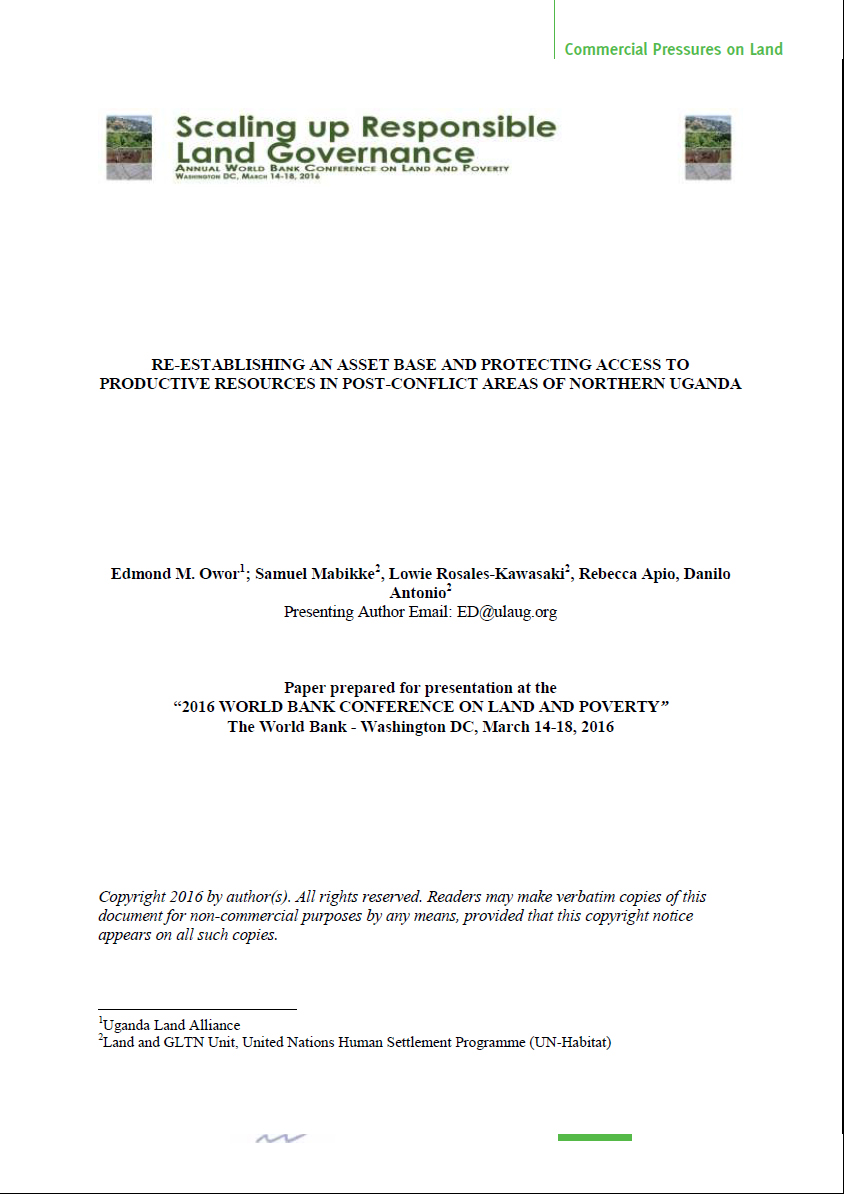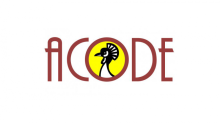Resource information
Northern Uganda is currently recovering from a 20-year long civil war that left the area in ruins. One of the groups, the Lord’s Resistance Army, orchestrated brutal mass murders and abductions forcing nearly two million people to live internally displaced people’s (IDP) camps for over 10 years. The war particularly affected the people of Acholi and Lango sub-regions which had previously suffered sporadic attacks by armed Karamajong cattle rustlers from north eastern Uganda. The restoration of peace in 2006 saw many people return to villages to reopen land for reconstruction of their source of livelihood, social and cultural identity. This sparked off land related conflicts due to the inherently oral nature of the customary system of tenure dominant in the area. Uganda Land Alliance used an integrated approach hinged on the Social Tenure Domain Model in Apac district to support households to resolve conflicts, re-establish an asset base and regain access to productive resources. Land parcels of over 100 households were mapped, plotted and demarcated, enabling beneficiaries to apply to the District Land Board for certificates of customary ownership. Engagements at national level prompted Uganda Law Reform Commission to consider proposals for integration of formal and informal land justice systems.


